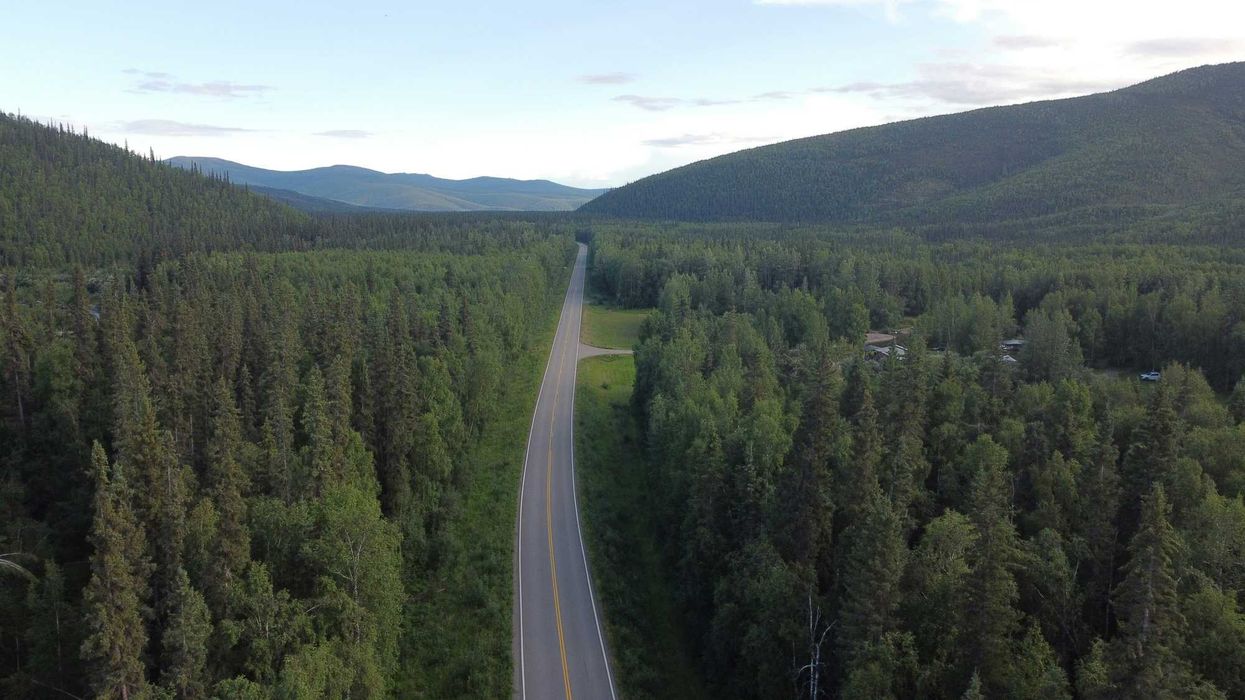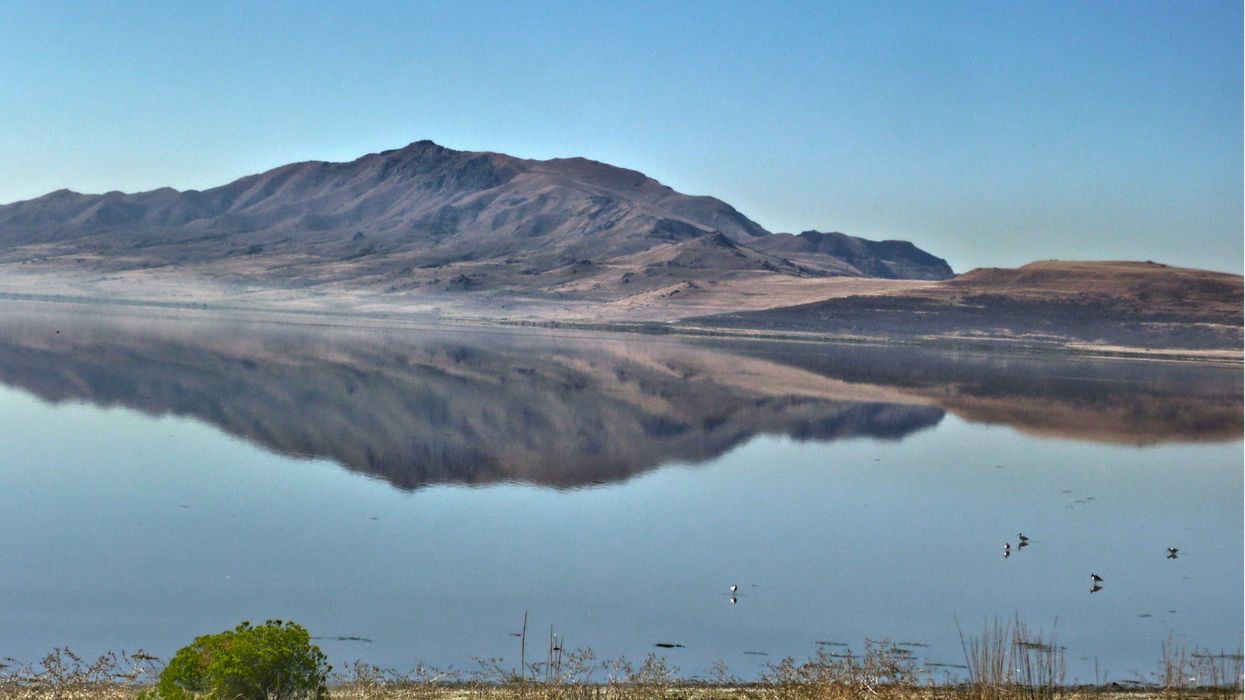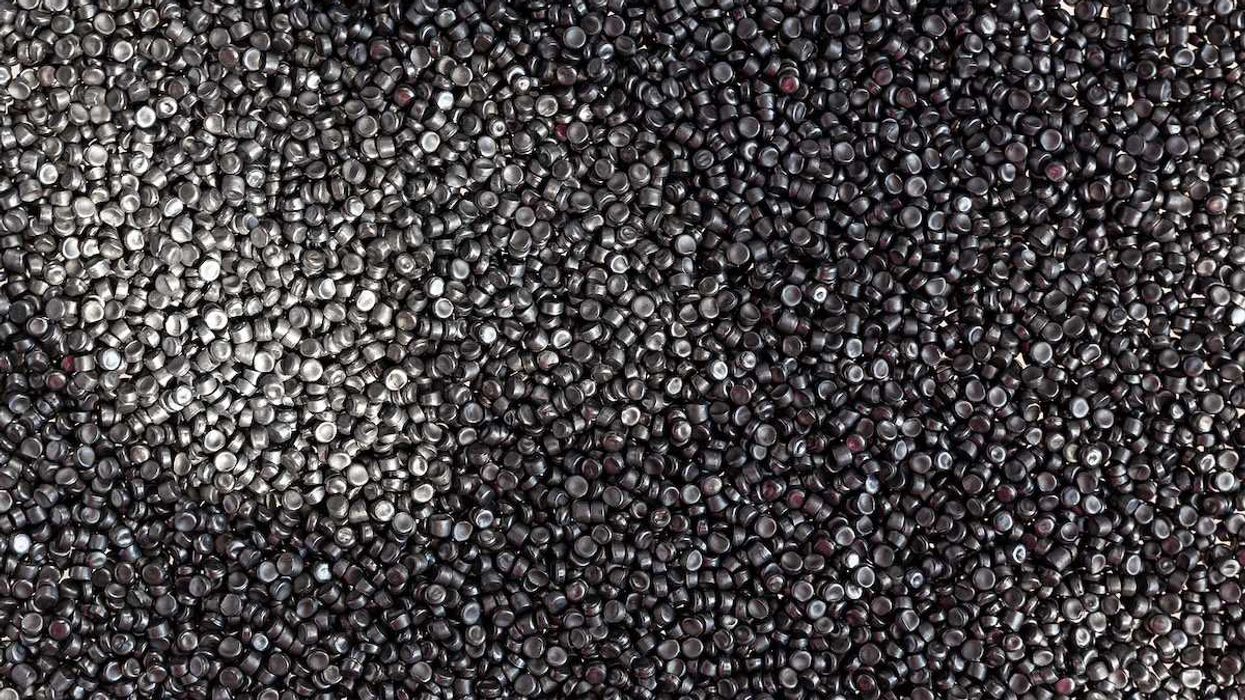Wild mammals now make up only four percent of Earth's total mammal biomass; Alberta's upper Bow Valley showcases a diverse yet threatened ecosystem.
Andrew Nikiforuk reports for The Tyee.
In short:
- Alberta's upper Bow River basin is home to 19 wild mammal species, but human activities threaten this biodiversity.
- Wetland and grassland areas, crucial for water security and habitat, have significantly decreased since the 1800s.
- Globally, human and livestock biomass vastly outstrips that of wild mammals, mirroring trends in Alberta.
Key quote:
“I know of no other circumstance where such a diversity of predators and hoofed mammals can be found 30 kilometres from a major urban centre.”
— Brad Stelfox, land-use ecologist
Why this matters:
This drastic reduction in wild mammal populations isn't just a loss for biodiversity; it has profound implications for ecosystem health and stability. Wild mammals play important roles in their environments, from controlling insect populations to spreading seeds and maintaining healthy forests. Their decline disrupts these natural processes, leading to cascading effects that can impact everything from water quality to plant growth.














